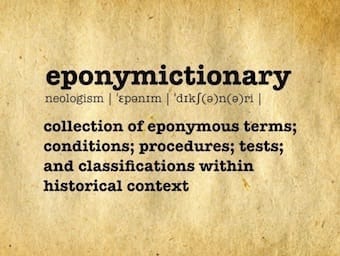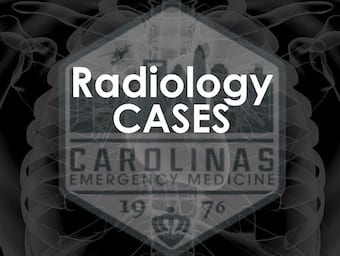
Christian Baastrup
Christian Ingerslev Baastrup (1885 – 1950) was a Danish radiologist. Described Baastrup disease (sign) (1933) Kissing spines sign

Christian Ingerslev Baastrup (1885 – 1950) was a Danish radiologist. Described Baastrup disease (sign) (1933) Kissing spines sign
Sir Norman McAlister Gregg (1892-1966) was an Australian ophthalmologist

Chance fracture is a transverse fracture through a vertebral body and neural arch. Described by George Quentin Chance, British radiologist in 1948

Sir Frank Wild Holdsworth (1904 – 1969) was a British Orthopaedic Surgeon. Eponym the Holdsworth fracture

Mario Bertolotti (1876-1957) was an Italian radiologist. Bertolotti syndrome (1917) L5 transverse processes and sacrum Sacralisation

Baastrup sign (kissing spines) refers to an orthopaedic condition / radiological sign with enlargement and approximation of adjacent spinous processes with normal intervertebral disc height and neuroforamina

Comms Lab 31: "The Impossible Conversation" - 5 Strategies to Manage Your Emotions During a Difficult Conversation

Heinrich Ernst Albers-Schönberg (1865 – 1921) was a German radiologist. Albers-Schönberg disease (osteopetrosis, marble bone disease)

Albers-Schönberg disease is the most common form of osteopetrosis. Also known as autosomal dominant osteopetrosis type II (ADO II)

February 2022 Adult Emergency Medicine Chest X-ray interpretation with Daniel Escobar, Angela Pikus, and Alex Blackwell

Jervell and Lange-Nielsen syndrome (JLNS) Congenital (autosomal recessive) long QT syndrome (LQTS) severe, bilateral sensorineural hearing loss

Douglas Theodore Prehn (1901 - 1974) was an American urologist